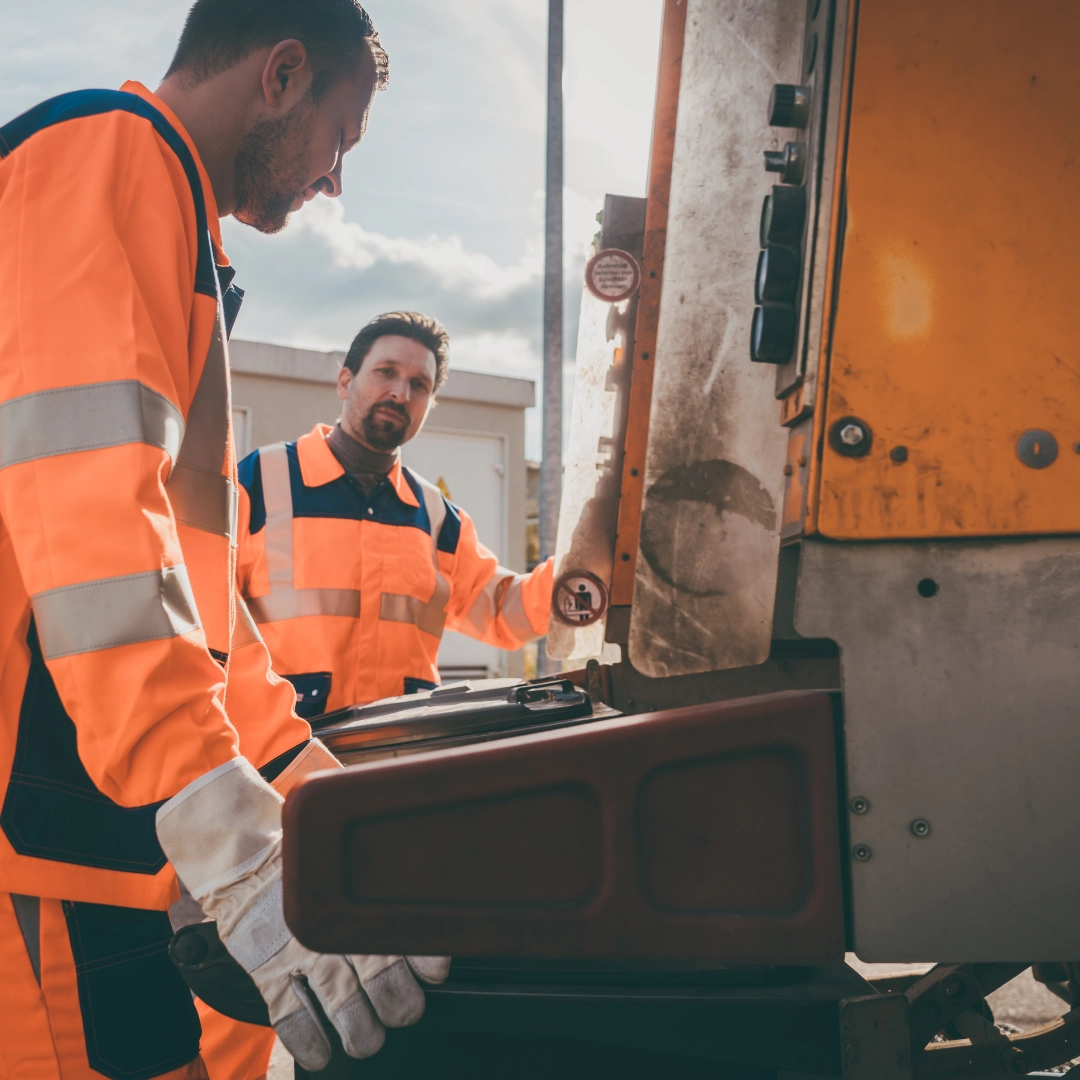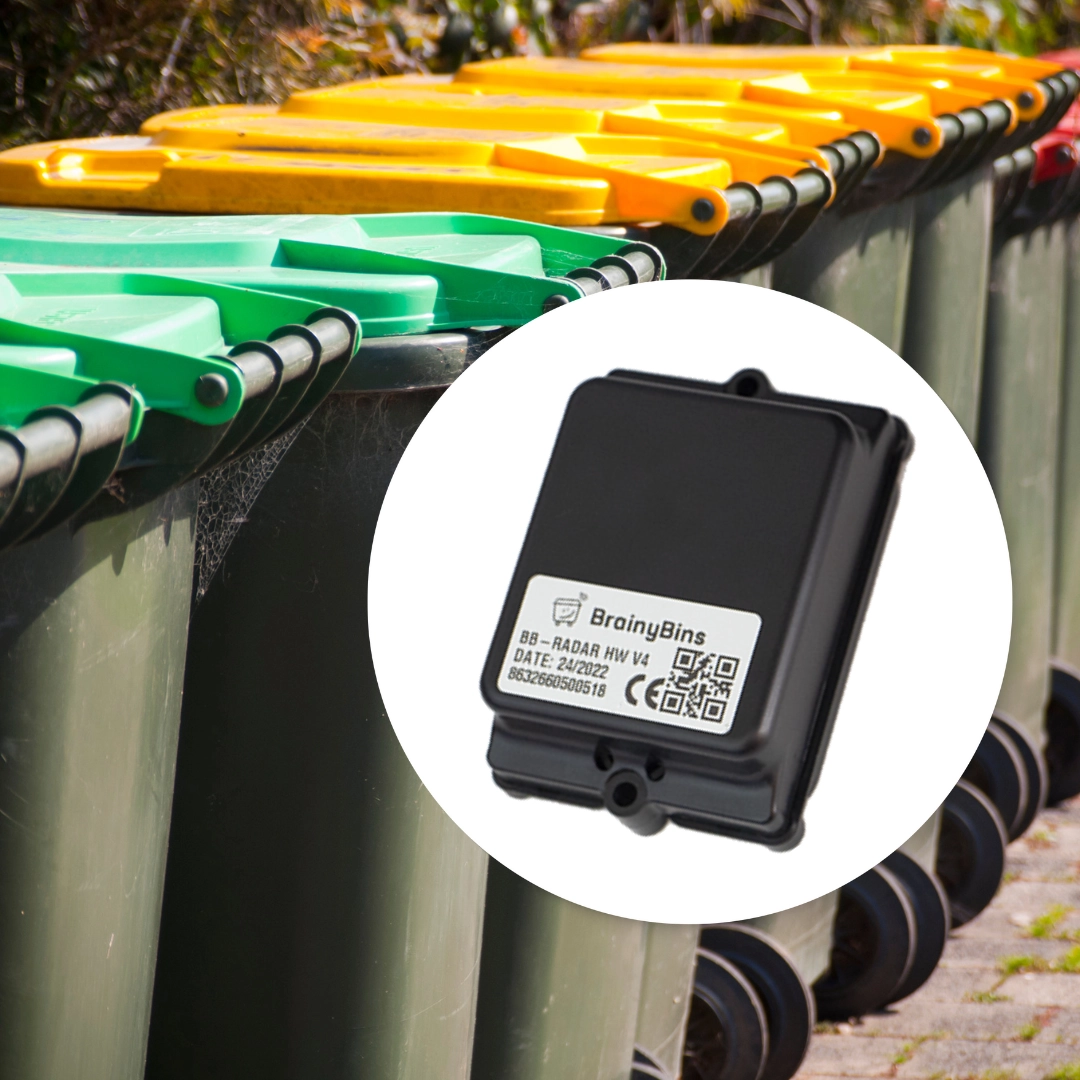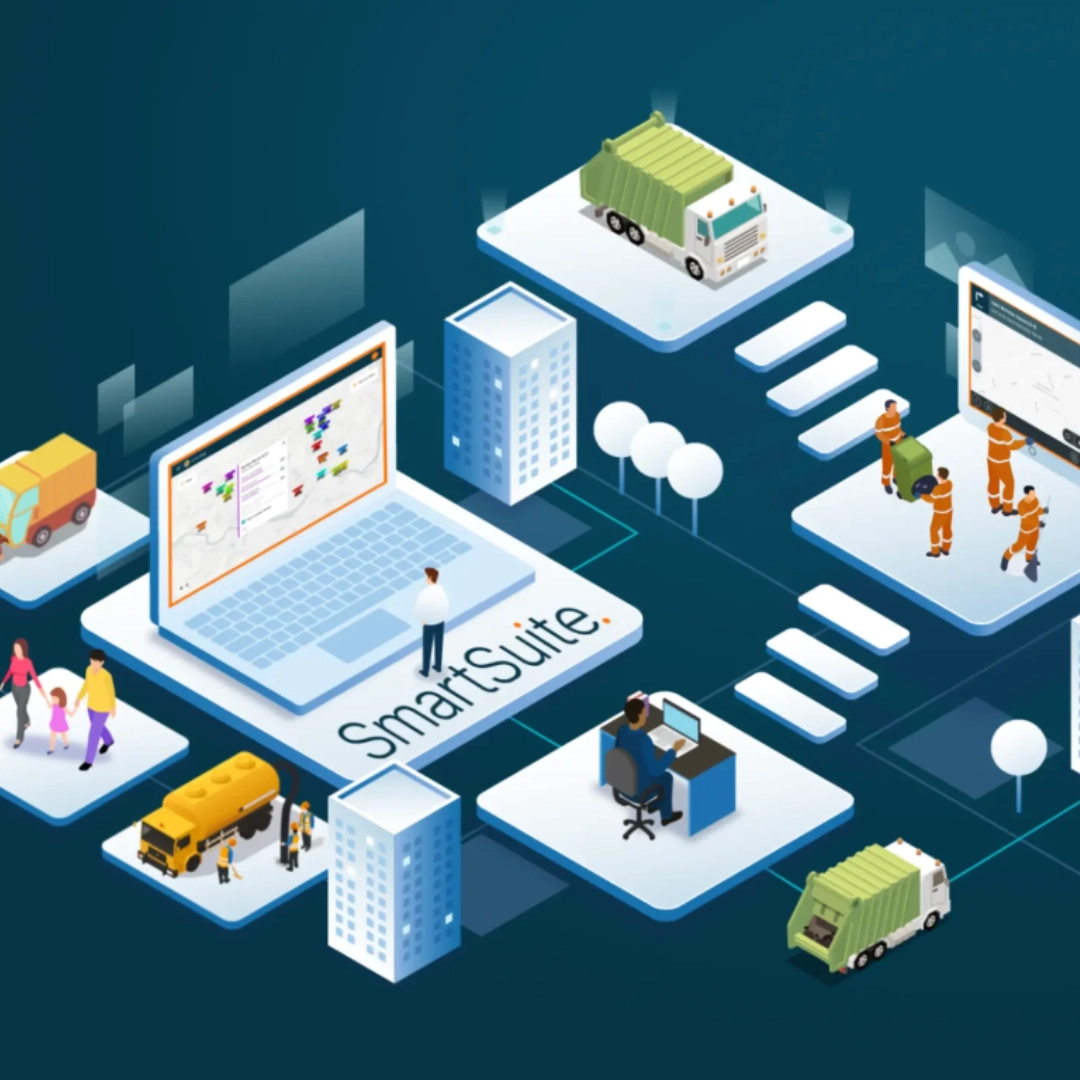Lets work together



Suite 3A, Chapel Allerton House, 114 Harrogate Road, Leeds, LS7 4NY
ukinfo@integrated-skills.com
+44 (0) 3300 888 670

Recycling contamination remains one of the most persistent challenges for local authorities across the UK. WRAP’s Recycling Tracker Spring Survey for 2024 found that 82% of UK residents put non-recyclable materials into recycling bins, and according to Business Waste, around 40% of UK household recycling is contaminated. This results in around one-fifth of the overall volume not being recycled at all.
In recent years, technology has emerged as a key ally in tackling this issue. From radar sensors that detect incorrect waste materials, to artificial intelligence (AI) that can identify contamination patterns in real time, innovation is beginning to reshape how councils approach contaminated bins.
However, identifying contamination is only half the story. Without robust systems in place to manage the information these technologies produce, local authorities risk creating more complexity instead of solving the problem.
The Cost of Contamination
Contaminated bins are not just an operational nuisance; they carry real financial and environmental consequences:
Prevention and detection are key. Identifying contamination at the earliest possible stage (ideally at the kerbside) can make a dramatic difference in both operational efficiency and budgetary performance.
Technology at the Kerbside
A wave of innovation is helping councils and waste contractors better identify and understand contaminated bins. Two examples stand out:
Companies such as BrainyBins have developed radar-based sensor systems that can be installed directly into wheelie bins. These devices scan the contents and identify anomalies that may suggest contamination. For instance, residual food waste in a dry recycling bin, or non-recyclable plastics where paper and card are expected.

The technology works in near real-time, offering waste crews instant data on whether a bin is contaminated before collection. This enables operatives to make quick decisions; whether to empty the bin, tag it for rejection, or record the issue for follow-up.
AI solutions are being deployed both on collection vehicles and at processing facilities. Cameras mounted on collection trucks can capture images of a bin’s contents as it is tipped, with machine learning algorithms identifying contamination such as plastic bags, textiles, or incorrect plastics.
This technology is not static; AI systems learn from new data, meaning they improve over time. According to Waste Advantage, AI-driven solutions have the potential to significantly reduce contamination rates by detecting patterns and automating reporting.
Beyond Detection
While these technologies are impressive, detection is only step one. For local authorities, the bigger challenge lies in managing what happens after contamination has been identified.
Key operational questions emerge:
Without a structured system to answer these questions, the deployment of bin-mounted sensors or AI technology can generate a flood of data that overwhelms frontline teams and adds to the administrative load.
The Missing Piece
This is where SmartSuite comes in to provides the crucial link. While technology identifies the contaminated bin, SmartSuite ensures that every subsequent action is logged, processed, and efficiently managed:
SmartSuite integrates seamlessly with in-cab technology. When a crew identifies or is alerted to a contaminated bin, the operative can log the issue directly into their device. This automatically updates the central system, ensuring supervisors and customer service teams are informed.
Contaminated bins often need a follow-up visit, whether to re-collect waste, inspect for compliance, or deliver educational materials to residents. SmartSuite’s route optimisation functionality ensures that these additional journeys are incorporated into operational plans with minimal disruption or cost.
When residents present contaminated bins, education is key. SmartSuite can generate automated communication (letters, emails, or app notifications) to let households know why their bin was rejected and how to improve future recycling. This not only saves staff time but also builds long-term behaviour change.
Every logged contamination incident builds a dataset. Over time, SmartSuite provides councils with a clear picture of hotspots, recurring issues, and trends. This intelligence allows local authorities to target education campaigns, adjust collection policies, or adapt service design to reduce contamination in the long term.
Consider a county council trialling radar-equipped recycling bins across a suburban area. The sensors successfully identify bins contaminated with black sacks and non-recyclable plastics. However, without an integrated management system, crews are unsure how to record the data, residents receive no feedback, and contaminated bins accumulate until the next collection cycle.
By introducing SmartSuite:
The result is a closed loop from detection to resolution, ensuring that the investment in technology is matched by effective management and meaningful change.

Why Integration is Now Vital
The need for integrated solutions has never been more urgent. With Simpler Recycling reforms on the horizon, local authorities must prepare for expanded services – including weekly food waste collections and standardised dry recycling.
These changes will inevitably increase the risk of contamination as residents adapt to new systems. At the same time, budget pressures remain acute, with many councils facing rising costs and tight deadlines.
The combination of innovative detection technologies and an integrated management platform offers a practical way forward:
Looking Ahead
The future of waste management will be defined by data. AI, sensors, and digital systems are already generating unprecedented levels of insight into how we recycle, where mistakes are made, and how services can improve. But data without structure risks becoming noise.
Local authorities need tools that transform this data into actionable intelligence, supporting both frontline operations and long-term strategy. That is exactly what SmartSuite delivers – a way to take innovative technology and embed it into a practical, efficient, and cost-effective waste management workflow.
Conclusion
Identifying contaminated bins is no longer the challenge it once was. With sensors, AI, and camera systems, councils have access to powerful tools that detect contamination at the kerbside. But detection alone does not solve the problem.
Without structured management of the data and clear workflows for follow-up actions, councils risk being left with more information than they can handle –with little real-world impact.
SmartSuite from Integrated Skills provides the missing link. By connecting detection technologies with in-cab reporting, route optimisation, automated communication, and long-term analytics, SmartSuite ensures that contamination management is not just possible, but practical.
As local authorities prepare for the changes brought by Simpler Recycling and beyond, the message is clear: technology can identify the problem, but only integrated software solutions can deliver the solution.
Would you like to know more about Identifying Contaminated Bins: Why Modern Tech Requires Smart Management? Fill in your details below and let us know how we can help.
Website Designed & Built by we are CODA